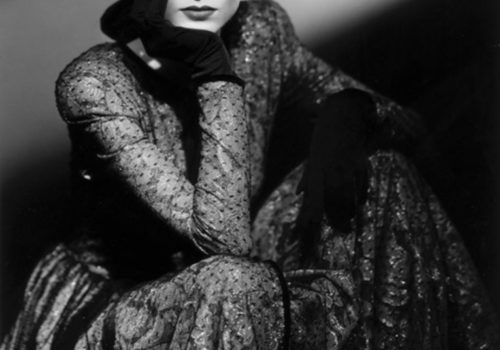“I am pleased that my photographs can be identified beyond their style for their special vision”, says Aldo Fallai . A vision that grasps or captures the right moment. This is exactly what the observer feels visiting this exhibition in Florence that illustrates Fallai’s creative career with around 180 photographs, mostly in the Armani colors (white, grey, sand).
“An itinerary among his photos and his personal researches, all connected with a sense of art that is part of Fallai’s own sensibility, and that leads naturally from Armani and fashion to Renaissance”, suggests Martina Corgnati, art historian and curator of the exhibition. Images allow the visitor to rediscover the excellence of Italian fashion at its most innovative hour: the 80s, when Giorgio Armani invented an elegant and vaguely androgynous woman and a man with a sophisticated look, at times transgressive and at times narcissistic.
















